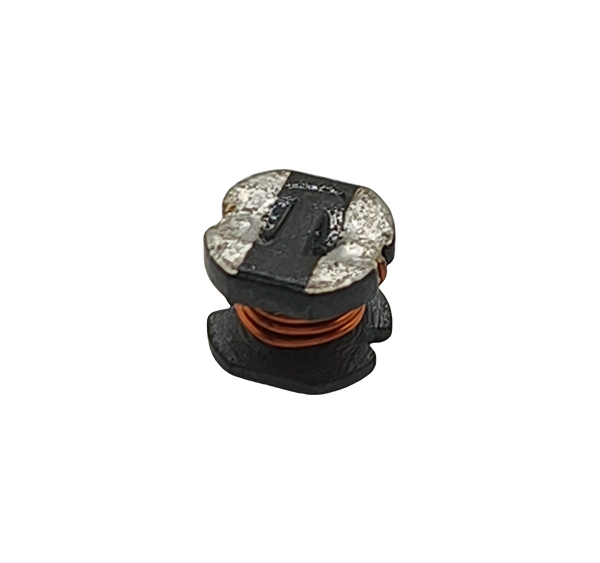Bead Inductor, is a special type of inductive component that combines the properties of an inductor and a magnetic bead, and is mainly used to suppress high frequency noise and electromagnetic interference (EMI). Its core is made of a magnetic material (usually ferrite) with self-inductive properties that enable efficient noise filtering in circuits while maintaining the integrity of the transmitted signal.
Features
1. High Frequency Filtering: The bead inductor exhibits high impedance to high frequency noise and can effectively attenuate those unwanted high frequency signals.
2. Low DC Resistance: Their DC resistance (DCR) is typically low, reducing power loss and making them suitable for use in power management and signal transmission circuits.
3. Miniaturisation: The small size of bead inductors makes them suitable for space-constrained applications, especially important in high-density circuit board designs.
Principle of Operation
A bead inductor generates a magnetic field inside a conductor as current passes through it. The magnetic field exhibits a high impedance to rapidly changing currents (high frequency signals), thus effectively suppressing high frequency noise while having less effect on low frequency and DC signals.
Applications
Bead inductors are widely used in:
Power supply lines: used to eliminate high frequency noise in switching power supply circuits and maintain the stability of power supplies.
Signal lines: In data transmission occasions, to reduce high-frequency interference on signal lines and ensure signal quality.
Electromagnetic compatibility (EMC) design: to help equipment meet EMC standards and avoid interference with surrounding equipment.
Summary
A bead inductor is a component that combines high-frequency noise suppression and inductance. Its low-loss and highly efficient filtering characteristics make it play an important role in modern electronic products. When designing electronic circuits, the proper selection and application of bead inductors is the key to ensuring circuit stability and signal integrity.






